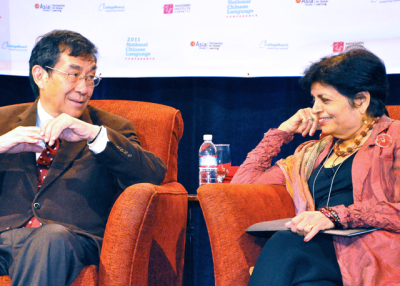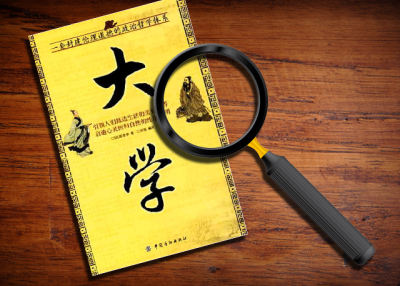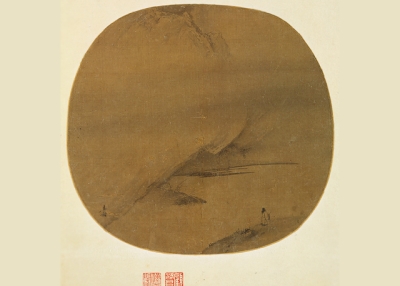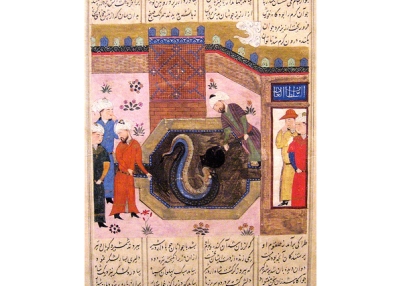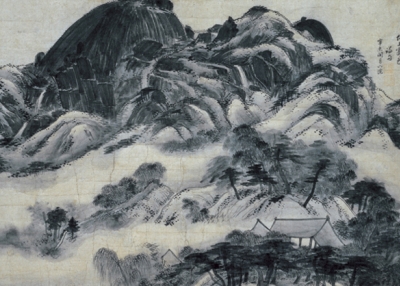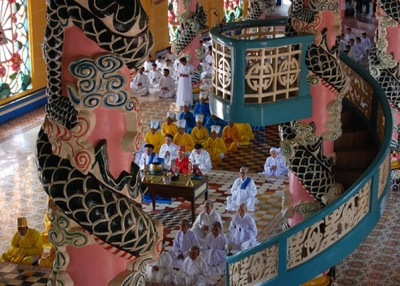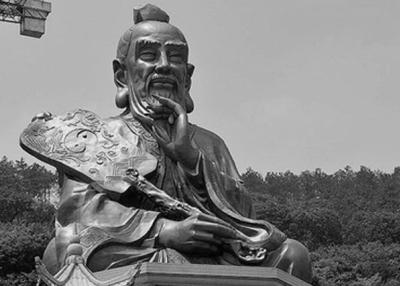China's Great Sage
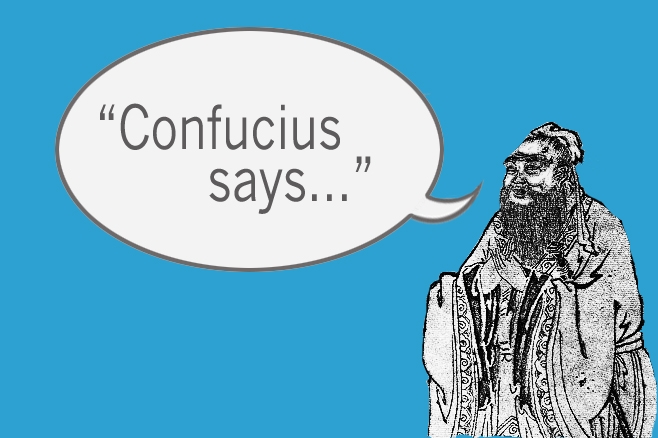
Students read, analyze, and paraphrase translations from The Analects as a means of understanding key elements of Confucianism.
Questions to Explore
What do the sayings attributed to Confucius tell us about the values inherent in Confucianism? In these sayings, what is specific to China and what is universal?
Procedure
- No doubt students have heard of Confucius and his wise sayings. Canvass the class for typical phrases attributed to Confucius.
- Have students read the Sayings of Confucius handout.
- Have students work individually or in pairs, to translate the phrases into their own words or work through the sayings as a class, recording interpretations on the board as they are given.
- Discuss students’ interpretations and how they think Confucius’s philosophies apply to life today.
- Have students make banners or bumper stickers of a saying in their own words.
-
Looking at the Portrait of Confucius, discuss with the class the essential questions (above). Further discuss the following in relation to the Portrait of Confucius by asking students the following questions:
What is Confucius wearing in this portrait?
Is he characterized as particularly handsome?
Does he look proud or humble? Why?
Does this representation seem to embody the idea of wisdom? Why?
Extension
Have students generate a fable leading to a moral that highlights one of the sayings on the handout. Share fables with the class, emphasizing the elements of Confucianism reflected therein.
For older or more advanced students:
Ask students to do further research on the sayings of Confucius and choose one to write about in a position paper. Students should defend the statement they write about and use specific examples to support their position. Confucius had a great deal to say about both the rights and responsibilities of individuals and society. You may choose to narrow the paper topic by assigning an analysis of human rights according to Confucius.
Author: Joan Barnatt, Joan Arno, and Mary Jo Hereford.


